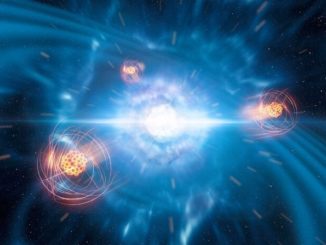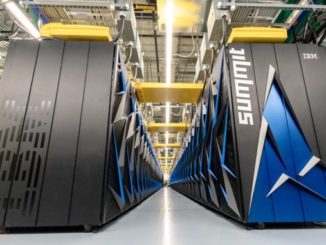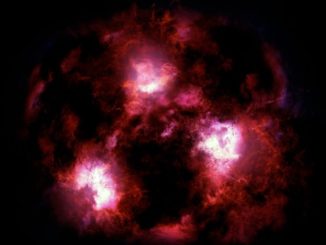
News

News

News

News

News

News
British-built solar probe shipping to Florida launch site before Brexit
The European Space Agency’s Solar Orbiter spacecraft — assembled in Britain and set for liftoff in February — has completed environmental testing in Germany and is scheduled to ride a cargo plane to NASA’s Kennedy Space Center in Florida to begin launch preparations 31 October, several weeks earlier than planned to avoid complications stemming from Brexit.

News

News

News

News

News
